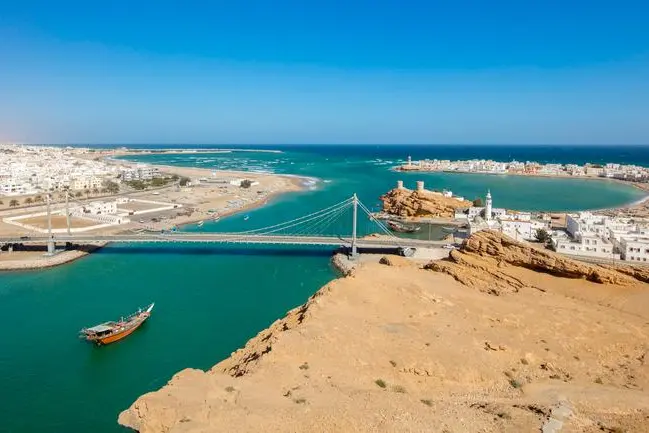PHOTO
Port of Duqm, the newest maritime gateway of the Sultanate of Oman, says it is taking steps to position itself as the country’s leading hub for the handling and export of green hydrogen to markets within the region and beyond.
The port’s proximity to areas within Al Wusta Governorate, where large swathes have been earmarked for mega-scale solar and wind-based renewable energy projects necessary for the production of green fuels, is a key factor in its value proposition as an export hub for hydrogen. So is its linkage with the Belgian Port of Antwerp, which is not only a potential market for green hydrogen, but also a key entry point for the import of the carbon-neutral fuel for European markets, according to Reggy Vermeulen (pictured), CEO – Port of Duqm.
Speaking during the Green Hydrogen Summit Oman (GHSO), which concluded at the Oman Convention and Exhibition Centre (OCEC) on Wednesday, Vermeulen noted that Port of Antwerp – a shareholder in the consortium that operates and manages Port of Duqm – is well-placed to play an important role in supporting the Sultanate of Oman’s green hydrogen vision.
“Port of Antwerp, as the host of the world’s second largest petrochemical cluster, has quite a bit of experience in setting up clusters of any type of industry in a single location --something we are trying to replicate here within the green hydrogen space.”
In addition to the abundance of solar and wind resources in the hinterland of the port, there is near limitless land available for solar and wind farms within and beyond the Special Economic Zone in Duqm, said Vermeulen.
Also within the close proximity of the port itself, “thousands of hectares” of land is available for investments linked to the downstream end of the green hydrogen value chain, including electrolyer and desalination plants, ammonia and methanol projects, and other support infrastructure. Besides, large intake systems already in place at Duqm will allow for water to the drawn from the sea for green hydrogen production, he stated.
Further underscoring Port of Duqm’s appeal is the presence of a major liquid terminal suited for the handling and storage of green fuels, said the CEO. “Two years ago, we took the bold step of reserving within the port’s masterplan the allocation of land for green molecules production; so there is not only space onshore for green hydrogen production, but around 50 per cent of the liquid terminal’s capacity is also reserved for green (fuels). That means we are not going to have any bottlenecks in our capacity to export green (fuels) to international markets.”
Additionally, the location of Duqm will enable relatively convenient access to regional and international markets, said the CEO. One such market is the Port of Antwerp, which is a huge consumer of hydrogen for its petrochemical and transport industries. The Belgian port will also be an important landing port for the import of Omani green molecules to support decarbonisation needs of Belgium and other European states, he said.
Likewise, Port of Duqm is ideally located to support the shipment of locally produced green fuels to markets in the Indian subcontinent, Africa and the Middle East. Besides, industrial hubs within the Sultanate of Oman, notably at Suhar and Salalah, can be served via the maritime route in the absence of overland piped supply, he added.
2021 © All right reserved for Oman Establishment for Press, Publication and Advertising (OEPPA) Provided by SyndiGate Media Inc. (Syndigate.info).












